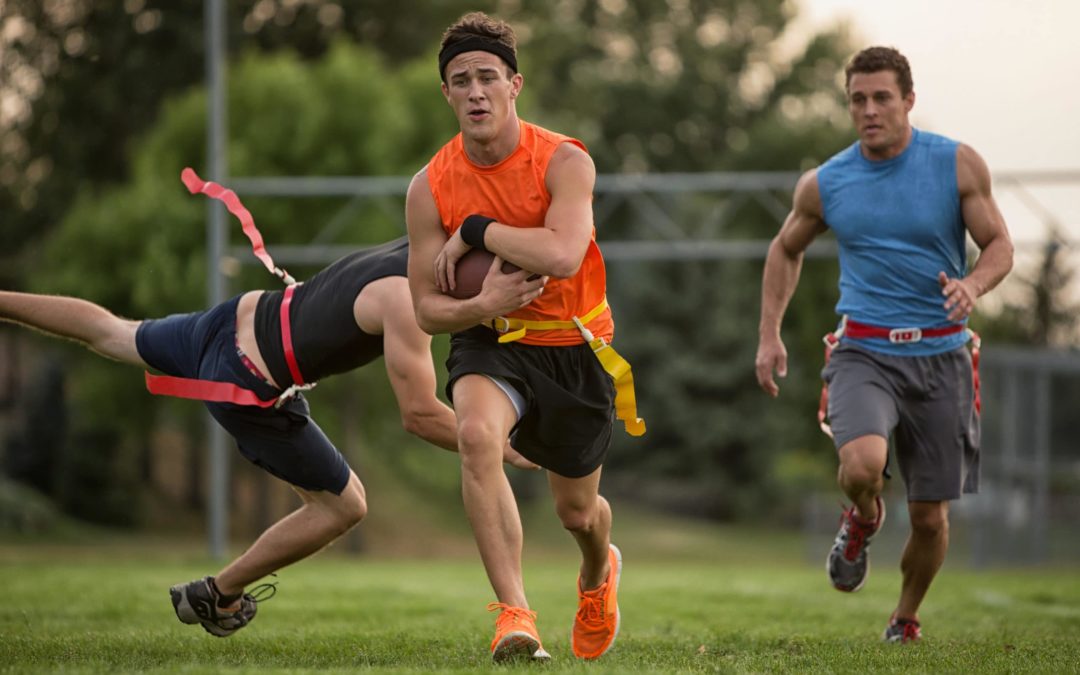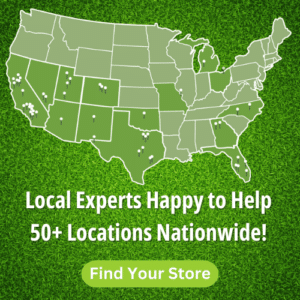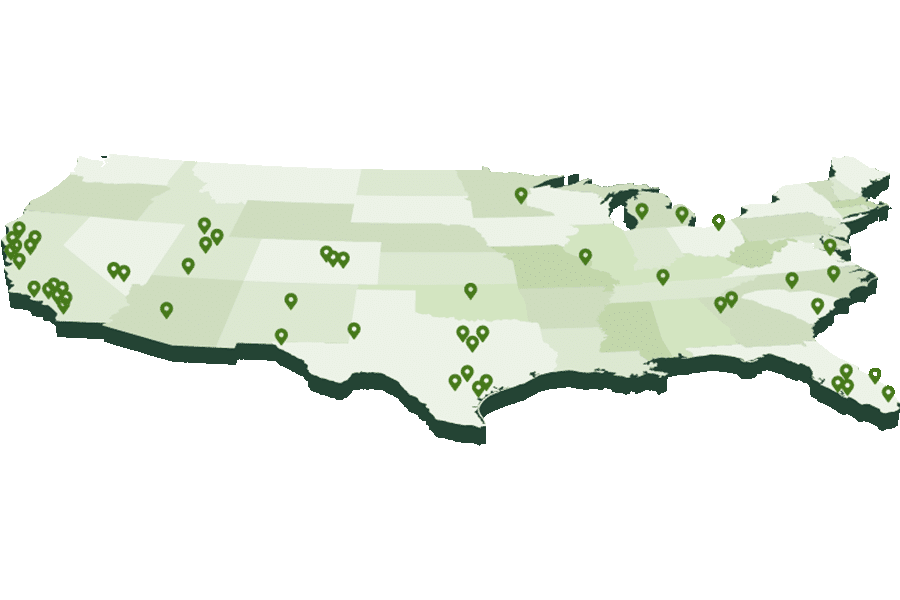Even before the 2014 California Drought, many schools in California began switching over to artificial turf for their sports fields because of its overall convenience and long-term cost-effectiveness. But now that the drought has shone a spotlight on the massive amounts of water that the average natural grass football field consumes (millions of gallons during football season alone), artificial turf has become a great option to save both money and the environment. Apart from water conservation, here is a look at the ways in which an artificial grass football field is a winning choice.
Weather Resistant
The main reason why artificial turf athletic fields became popular in other areas of the country is because it can survive harsh conditions. Whether it’s the snowy season of the Great Lakes and New England areas or the high heat of the Southwest, artificial turf doesn’t need extra care to get through the tough seasons. This is a stark contrast to natural grass, which can go dormant or die during harsh weather.
No Deterioration from Traffic
A common sight during the end of every football season is that the practice and game fields are completely wrecked. What started out as nice, green grass at the start of the season becomes a yellowing dead zone with intermittent dirt patches by the end. This is the result of overuse. Artificial turf eliminates the ruined grass. Unlike natural grass, artificial turf doesn’t change color, nor does it fall apart in patches. It remains intact and keeps its color. Its great appearance lasts all-year.
No Mud or Sludge
It happens every November and December. Football teams have to play a game in rainy or snowy conditions, and the game quickly devolves into a messy mudpit in which players slip, slide, and slosh around. Scoring in games like this becomes a rarity and both teams look miserable. Artificial turf eliminates the mudpits. Even in the heaviest of rain, artificial grass never gets muddy or unusably slippery, thus allowing a game to remain competitive for the players and entertaining for spectators.
No Maintenance
Because the soil on a practice and game fields becomes impacted from heavy foot traffic, they require aeration or else the grass will die. At schools in which fields get year round use, aeration is necessary several times per year. Artificial grass doesn’t need aeration. It also doesn’t need regular mowing, fertilizing, or pesticides, herbicides and fungicides.
Pre-Painted
On natural grass fields, football, soccer, field hockey and other sports require regular repainting to set field lines, boundaries, etc. At best, the paint lasts a few weeks, but it usually must be redone weekly. Painting is a large expense, and it is time consuming because it requires precise measurements and alignment. Artificial grass only needs to be painted once in a season, and the paint job can last for years.
New and Improved
From the 1960s-90s, artificial turf got a bad name at sports facilities because of the risks associated with AstroTurf, one of the earliest forms of artificial turf. Astroturf was linked to increased knee, ankle and toe injuries due to problems with traction and directionality. Is also lacked a supportive, compacted aggregate under the turf, meaning that it was hard surface that caused impact injuries when athletes fell or were tackled on it. Another problem was that the grass itself was not soft, causing common carpet burns when athletes slid on it.
Newer turfs have improved upon the flaws of old AstroTurf. Modern artificial grass is soft and supportive, and allows for comfortable, injury-free running, just like natural grass.
Rental Fees
In the past, schools had to be protective about renting out their fields for outside events because overuse. For example, Pop Warner football games on the weekends could cause extra damage to the fields. However, because artificial grass doesn’t wear down, schools can rent out their fields and make money off them from outside sources.
Artificial turf has opened up new doors for sports. It allows schools of any area to have great-looking, durable facilities, minus the heavy maintenance costs and pesticide usage. It is a win-win for athletes, schools and fans.
If you would like to learn more about installing artificial turf, click here to take a look at our DIY Installation Guide.





